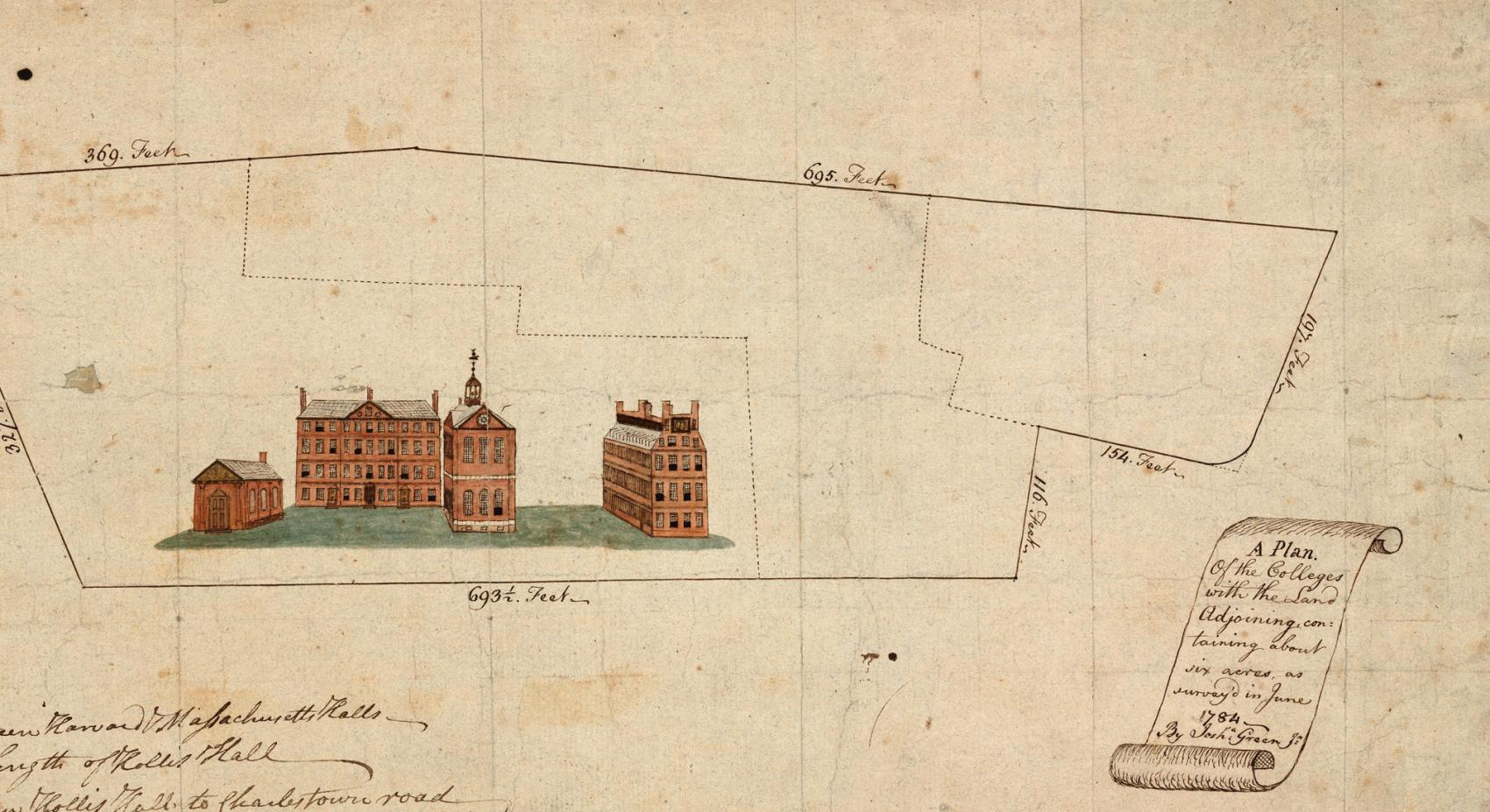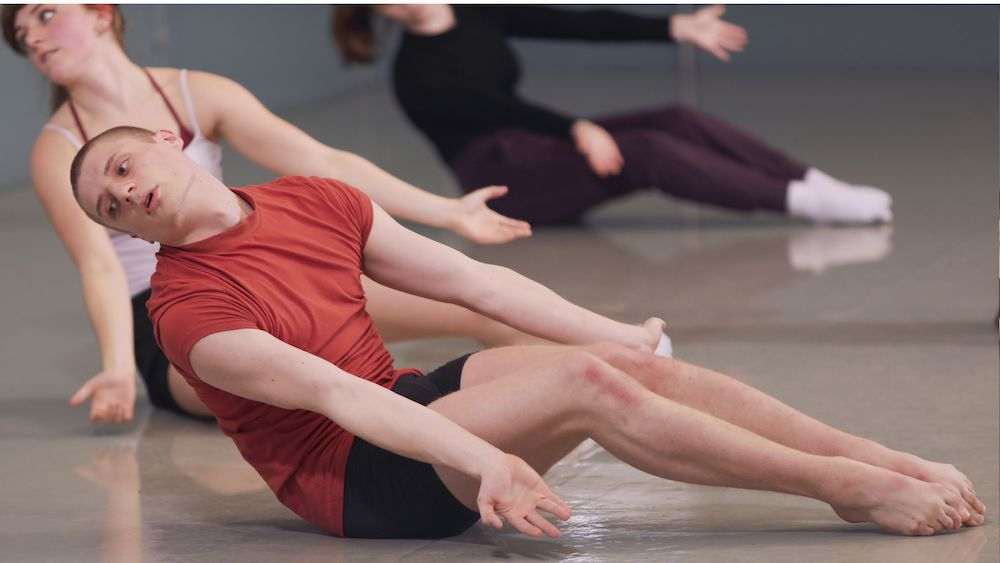Harvard University Archives serves as a testament to the rich tapestry of academic and cultural history, housing an array of historical artifacts that narrate the story of both the University and the nation. Within its collections, visitors can explore significant pieces such as W.E.B. Du Bois’s correspondence and handwritten notes from President John F. Kennedy, each documenting pivotal moments in American history. The ongoing “Archives Inside Out” exhibit showcases the unique treasures found in these archives, highlighting the importance of archival research in preserving our collective memory. By bringing forward these treasures, Harvard Archives not only fuels curiosity about its past but also engages the public in understanding the value of preserving historical narratives. As a central pillar of Harvard’s commitment to documenting history, the Archives invites everyone to discover how past events continue to shape our future.
The Harvard University Archives is a vital repository of knowledge, often referred to as an academic treasure trove that contains numerous invaluable historical documents and collections. This esteemed institution excels in preserving important materials that highlight the legacy and evolution of Harvard, as well as broader societal changes over time. The ongoing exhibit, showcasing selected items from the Harvard collections, serves to illuminate the diverse and compelling stories embedded within these archival resources. These collections facilitate extensive archival research, allowing scholars and visitors alike to delve deeply into the lives of notable figures and critical events that have defined the American experience. By engaging with the archives, individuals can appreciate the crucial role that such historical artifacts play in fostering understanding of our cultural heritage.
Uncovering Historical Treasures at Harvard
The Harvard University Archives houses a rich collection of historical artifacts that provide invaluable insights into the past. These archival treasures, ranging from personal letters of notable figures to groundbreaking scientific instruments, are not just pieces of history; they are vital records that document significant moments and movements in American history. For example, the handwritten note from John F. Kennedy to the Harvard College Class of 1940 reflects both a personal touch and a broader narrative of the American political landscape post-World War II.
Moreover, the ongoing ‘Archives Inside Out’ exhibit at Harvard serves as a platform to spotlight these remarkable finds, showcasing the hard work of archivists who go beyond traditional archiving. By inviting staff to share their favorite items, the exhibit makes historical documentation more accessible and relatable to the general public. These efforts not only celebrate Harvard’s legacy but also educate visitors on the importance of archival research in preserving history.
The Significance of Archival Research in Documenting History
Archival research plays a crucial role in documenting history by preserving documents and artifacts that tell the story of our societies. As highlighted by Sarah Martin, Associate University Archivist for Community Engagement, encouraging contributions from all staff magnifies the diverse narratives represented in the archives. This collaborative approach not only enriches the archival collections but also engages the community in understanding the relevance and significance of historical materials.
Furthermore, items such as the letter from W.E.B. Du Bois provide insights into historical contexts and the evolution of social issues in America. Such documents, preserved within the Harvard collections, enable researchers and the public to connect with the past in meaningful ways. Each artifact contributes to the larger narrative of history—fostering a connection between Harvard and the broader themes of social change and academic inquiry.
Featured Artifacts that Illuminate Harvard’s Legacy
The ‘Archives Inside Out’ exhibit features several fascinating artifacts, each telling its own unique story. The photograph of women astronomers at the Harvard College Observatory, for instance, highlights the often-overlooked contributions of women in the field of science. This archival item not only represents a pivotal era in the study of astronomy but also serves as a reflection on the ongoing conversation about gender equity in science and technology.
In addition to photographs, historical letters and documents, such as the correspondence between Seamus Heaney and Professor Helen Vendler, show the interconnectedness of literary scholarship and personal experiences. These items, archived for future generations, reinforce Harvard’s commitment to preserving diverse voices and experiences that shape our collective history.
The Role of Harvard Librarians in Archival Engagement
The role of librarians and archivists at Harvard is essential in fostering an environment of archival engagement and research. Professionals like Ed Copenhagen and Jehan Sinclair work tirelessly to ensure that collections reflecting underrepresented communities are processed and made accessible. The dedication to equitable representation in Harvard’s archival collections aligns with broader efforts to incorporate diverse histories into the narrative fabric of American society.
Moreover, engaging with the public through exhibits like ‘Archives Inside Out’ showcases the integral role of librarians in not only preserving history but also in educating and inspiring future researchers. Their work helps demystify archival practices, encouraging more individuals to explore and appreciate the wealth of knowledge housed within Harvard University Archives.
Exploring Harvard’s Digital Archival Collections
With advancements in digital technology, Harvard has made strides in archiving and sharing historical materials online. The screen capture of The Harvard Crimson documenting the COVID-19 pandemic exemplifies this shift toward digital preservation. Such efforts contribute significantly to the archival research community by providing immediate access to vital records that capture contemporary events and their impacts.
The digitization of collections at Harvard not only preserves historical records but also enhances their accessibility. By utilizing web archiving programs, archivists can capture and store valuable online content, ensuring that future generations can engage with the materials that reflect their times, much like the archival endeavors of the past. The integration of digital tools addresses the challenges faced by researchers and scholars seeking insight through archival lens.
Celebrating the Art of Archiving at Harvard
The art of archiving is celebrated through various exhibits at Harvard, showcasing not only individual artifacts but also the stories behind their collection. From the perpetual calendar created by President Thomas Hill to the historic sketches from the Harvard Lampoon, these items exemplify the intersection of culture, creativity, and scholarship within the university’s history. Each piece collected narrates the spirit of innovation and dedication that defines Harvard.
Moreover, the collaborative effort to organize these exhibits reflects the commitment of archivists to illuminate the significance of their work. As Pam Hopkins shares her excitement over discovering a previously unknown letter from John F. Kennedy, it becomes evident that each find reveals layers of history waiting to be unearthed and celebrated. Such exhibitions not only inform but also inspire visitors to appreciate the depths of Harvard’s collections.
Connecting the Past to the Present: Harvard’s Historical Impact
Harvard’s historical impact is profoundly demonstrated through its archival collections. As each item in the archives tells a story, they collectively weave a narrative of Harvard’s role in shaping American society and contributing to various academic disciplines. The letter from Ragan Henry provides a vivid window into the experiences and challenges faced by students of color during the 1950s, illustrating the significance of diversity in the educational journey at Harvard.
Furthermore, by spotlighting such narratives, the exhibit ‘Archives Inside Out’ reinforces the relevance of historical documentation in understanding current social dynamics. As archivists work to bring forward these voices from the past, they not only highlight the university’s legacy but also foster dialogue on the ongoing issues of justice, equity, and representation in education and society.
Engaging the Community with Harvard’s Archival History
Engaging the community with Harvard’s archival history is a mission that transcends traditional academic boundaries. The ‘Archives Inside Out’ exhibit exemplifies this engagement by inviting not only scholars but also the general public to explore the rich tapestry of Harvard’s past. By displaying items that resonate with diverse audiences, archivists facilitate opportunities for connection and dialogue about the significance of these artifacts.
Moreover, community engagement initiatives ensure that Harvard’s rich cultural heritage is accessible to all. By offering workshops, guided tours, and educational resources, archivists at Harvard encourage the public to delve into the wealth of historical materials available. This interaction creates a symbiotic relationship between the archives and the community, fostering a shared understanding of the past and its relevance to the present.
Future Directions of Archival Preservation at Harvard
The future of archival preservation at Harvard is poised for continued innovation, particularly as technology evolves. As archivists adapt to new methods for preserving and sharing collections, such as digitization and modern archival tools, they are able to ensure that historical artifacts remain accessible to future generations. This proactive approach not only safeguards the integrity of the collections but also aligns with the shifting needs of researchers and the public.
Moreover, as inclusivity becomes a central theme in archival practices, Harvard is likely to expand its focus on developing collections that represent diverse perspectives and histories. By prioritizing the preservation of materials that reflect a wide range of voices, archivists at Harvard can create a more holistic narrative that enriches the academic community and contributes to societal understanding.
Frequently Asked Questions
What is the significance of the Harvard University Archives in documenting history?
The Harvard University Archives play a crucial role in documenting history by preserving important historical artifacts and records that tell the story of Harvard and America. Through comprehensive archival research, the Archives collect and curate documents, letters, and items that provide insights into social, cultural, and academic developments over time.
How can I access the collections housed in the Harvard University Archives?
Access to the collections housed in the Harvard University Archives is available through both online platforms and in-person visits. Researchers can browse digital collections on the Harvard Library website, while physical archives can be accessed by scheduling appointments for archival research at the archives location.
What types of historical artifacts can be found in the Harvard University Archives?
The Harvard University Archives house a variety of historical artifacts, including personal letters, photographs, manuscripts, and documents related to significant figures in Harvard’s history. Notable items include letters from presidents, artifacts from student groups like the Harvard Lampoon, and documents that reflect societal changes, such as those related to racial justice or wartime pacifism.
What is the ‘Archives Inside Out’ exhibit at Harvard University Archives?
The ‘Archives Inside Out’ exhibit at the Harvard University Archives showcases selected items from the collections that tell compelling stories about the University’s institutional and community history. Curated by archivists who highlighted their favorite finds, the exhibit aims to demystify archival work and make it more accessible to the public.
How does archival research contribute to our understanding of America’s history through the Harvard University Archives?
Archival research at the Harvard University Archives significantly contributes to our understanding of America’s history by preserving firsthand accounts, correspondence, and cultural artifacts that reflect the complexities of social issues, politics, and personal narratives throughout different eras. These collections not only document Harvard’s role in history but also offer broader insights into American life.
What role do Harvard archivists play in managing collections at the Archives?
Harvard archivists are essential in managing collections at the Harvard University Archives, involving tasks such as organizing, digitizing, and preserving materials. They also engage in outreach by curating exhibitions like ‘Archives Inside Out’ and supporting researchers in accessing vital historical records for academic and personal inquiries.
Can I contribute historical artifacts to the Harvard University Archives?
Yes, individuals and organizations can contribute historical artifacts to the Harvard University Archives. The process typically involves contacting the archives staff to discuss the items you wish to donate and ensure they align with the collections’ focus on documenting history and diverse narratives.
What projects are associated with Harvard University Archives concerning digitization and equity?
The Harvard University Archives engage in various projects, including the Equity, Diversity, Inclusion, Belonging, and Antiracism Digitization Program. This initiative focuses on processing and digitizing collections related to underrepresented communities, making them publicly accessible and providing broader representation in the archival record.
| Item | Description | Significance |
|---|---|---|
| Letter from John F. Kennedy | A handwritten note from JFK to the Harvard College Class of 1940. | Offers a light-hearted view of a complex historical figure. |
| Photograph of women computers | Image of women astronomers at the Harvard College Observatory around 1900. | Highlights the invisible labor of women in science and technology. |
| Letter from W.E.B. Du Bois | Correspondence discussing race relations from 1905. | Showcases diverse perspectives within historical discussions on race. |
| Perpetual calendar by Thomas Hill | Innovative calendar designed by the former Harvard president in 1885. | Illustrates the intersection of science and Harvard leadership. |
| The Harvard Crimson Screen Capture | Image of the student newspaper during the COVID-19 pandemic. | Captures a snapshot of an unprecedented moment in history. |
| Sketches from the Harvard Lampoon | First donation accepted into the archives from the iconic student group. | Represents the rich tradition of student publications at Harvard. |
| Letter from Seamus Heaney | Personal letter from the poet to a Harvard professor in 2006. | Offers a glimpse into Heaney’s relationship with academia. |
| Letter from Ragan Henry | Letter from a Black Harvard student discussing various societal issues. | Reflects on the experiences of marginalized communities in history. |
| Typescript on Harvard Pacifists | Documents Harvard students’ opposition to military service in WWII. | Reminds us of the role of archives in preserving diverse narratives. |
Summary
Harvard University Archives showcases its rich history through the ‘Archives Inside Out’ exhibit, featuring items that illuminate key moments and figures in American and Harvard history. From John F. Kennedy’s personal letters to the record of women’s contributions in science, these selected artifacts bring to life the diverse narratives that have shaped both the university and the nation. The exhibit not only celebrates Harvard’s institutional legacy but also emphasizes the importance of accessibility and engagement in archival work.



